Mangroves are an intriguing and unique addition to any aquarium. These resilient plants are not only visually stunning but also serve as natural filters, improving water quality and providing habitat for aquatic life. However, a common question among aquarium enthusiasts is, “How fast do mangroves grow in aquariums?” The answer to this question depends on several factors, including the conditions within the aquarium and the care provided. In this article, we’ll explore the growth rate of mangroves in aquariums, discuss the factors that influence their growth, and share tips to ensure your mangroves thrive.
The Initial Growth Phase: Establishing Roots
When you first introduce Red Mangrove propagules into your aquarium, it’s important to remember that these plants initially focus on root development. This phase is crucial for the plant’s overall health and stability. During this time, the mangrove is busy establishing a strong root system that will support its future growth.
In my experience, the root development phase can take anywhere from a few weeks to several months, depending on the conditions in your tank. The roots are vital for nutrient absorption and anchoring the plant, so while you might be eager to see vertical growth, patience is key during this phase.
Good vs Bad: Root Development
- ✅ Good: Strong, healthy roots lead to a robust and stable mangrove plant that can thrive in various conditions.
- ❌ Bad: Weak or underdeveloped roots can result in poor plant health and may cause the plant to fail to thrive.
Vertical Growth: Slow and Steady Wins the Race
Once the root system is well-established, you’ll start to see vertical growth. Mangroves are not known for rapid growth, especially in an aquarium setting. In fact, compared to other aquatic plants, mangroves are slow growers, focusing on long-term health and sustainability rather than quick expansion.
In my own aquarium, I’ve observed that mangroves typically grow between 2 to 6 inches per year. This might seem slow, but it’s important to remember that mangroves are designed to be resilient and adaptable. Their slow growth is a reflection of their strategy to survive in challenging environments, where stability and endurance are more important than rapid growth.
Factors That Influence Mangrove Growth
Several factors can significantly impact how fast your mangroves grow in an aquarium. By optimizing these factors, you can help your mangroves reach their full potential.
Light Exposure: The Power of the Sun
Light is one of the most important factors influencing mangrove growth. In their natural habitat, mangroves are exposed to full sunlight for most of the day. To replicate this in your aquarium, you’ll need to provide sufficient lighting. I recommend using high-quality LED lights that mimic natural sunlight. Aim for about 12 to 14 hours of light each day to ensure your mangroves receive enough energy for photosynthesis.
In my setup, I’ve found that positioning the lights slightly above the waterline helps the mangroves get the most out of the light without overheating. It’s a delicate balance, but with the right lighting, your mangroves will be on their way to healthy growth.
Water Quality: Keeping It Clean
Water quality is another critical factor in mangrove growth. Red Mangroves are relatively hardy, but they still require specific conditions to thrive. Maintaining stable water parameters, including salinity, pH, and temperature, is essential for their health.
- ✅ Good: Clean, well-maintained water with stable parameters supports healthy mangrove growth and reduces stress on the plants.
- ❌ Bad: Fluctuating water conditions, high levels of pollutants, or imbalances in water chemistry can hinder growth and lead to poor plant health.
Regular water changes and monitoring are key to maintaining the right environment for your mangroves. If you notice any signs of stress, such as yellowing leaves or stunted growth, it may be time to test your water and make necessary adjustments.
Nutrient Availability: Feeding Your Mangroves
Mangroves absorb nutrients primarily through their roots, so it’s important to ensure they have access to the necessary nutrients. In a substrate-less setup, you can add nutrients directly to the water column using a liquid fertilizer designed for aquatic plants. This approach allows the mangroves to take in the nutrients they need without competing with other plants for resources.
In my experience, providing a balanced mix of nutrients, including nitrogen, phosphorus, and potassium, helps support steady growth. However, it’s important not to over-fertilize, as this can lead to nutrient imbalances and negatively impact both the mangroves and other aquarium inhabitants.
Temperature Stability: Warmth Matters
Mangroves thrive in warm temperatures, typically between 72°F and 82°F (22°C to 28°C). Maintaining a stable temperature within this range is crucial for their growth. Inconsistent temperatures can cause stress and slow down their development.
🚫 Red Stop-Sign: Sudden drops in temperature can lead to mangrove shock, where growth halts, and the plant may even start to deteriorate. Always monitor your aquarium’s temperature closely to avoid this issue.
Patience and Consistency: The Key to Success
Growing mangroves in an aquarium requires patience and consistency. These plants are slow and steady growers, but with the right care, they can become a long-lasting and rewarding part of your aquarium ecosystem.
It’s important not to rush the process. Mangroves are resilient and can adapt to a wide range of conditions, but they need time to do so. By providing the right environment and care, you’ll be rewarded with a healthy and thriving mangrove plant that will continue to grow and enhance your aquarium for years to come.
Good vs Bad: Patience and Consistency
- ✅ Good: Regular care and monitoring lead to consistent growth and a healthy, thriving mangrove.
- ❌ Bad: Neglecting care or being impatient with the growth process can lead to poor results and a lackluster plant.
Troubleshooting Slow Growth
If you notice that your mangroves aren’t growing as expected, don’t panic. There are several steps you can take to troubleshoot the issue and get your plants back on track.
Light Levels: Are They Getting Enough?
One of the first things to check is whether your mangroves are getting enough light. If your aquarium is in a dimly lit area, consider adding supplemental lighting or adjusting the position of your lights. Proper lighting is essential for photosynthesis, which drives growth.
Water Quality: Test and Adjust
Regularly testing your water parameters is crucial. If you find that your water quality is off, take steps to correct it. This might involve adjusting the salinity, balancing the pH, or performing more frequent water changes.
Nutrient Levels: Feeding Your Plants
Ensure that your mangroves have access to the nutrients they need. If you suspect a nutrient deficiency, consider adding a liquid fertilizer to the water. Just be careful not to overdo it, as too much fertilizer can harm both the mangroves and other aquarium inhabitants.
Pests: Keep an Eye Out
Sometimes, pests like snails or algae can hinder mangrove growth. Regularly inspect your plants for any signs of pests and take action if needed. Removing pests early on can prevent them from causing significant damage.
Final Thoughts: Growing Mangroves in Your Aquarium
Growing mangroves in an aquarium is a unique and rewarding experience. These plants bring a touch of the natural world into your home and offer a range of benefits, from improving water quality to providing habitat for aquatic life.
At Save Mangroves Nursery, we offer healthy, live Red Mangrove plants that are ready to be added to your Saltwater, Freshwater, or Brackish aquarium tanks. We ship out to all 50 states daily, so no matter where you are, you can start your mangrove-growing journey.
💡 Fun Fact: Mangroves play a crucial role in coastal ecosystems, protecting shorelines from erosion and providing habitat for various marine species. By adding mangroves to your aquarium, you’re not just enhancing your tank—you’re also contributing to the conservation of these important plants.
Whether you’re a seasoned aquarium enthusiast or just starting out, our mangroves will make a fantastic addition to your aquatic setup. With the right care and patience, your mangroves will grow strong and steady, becoming a beautiful and enduring part of your aquarium ecosystem. So, how fast do mangroves grow in aquariums? With the right conditions, they’ll grow at their own pace, offering you a unique and fulfilling aquarium experience.
Best seller products
-
18”-24” Red Mangroves With Roots & 2-4 Leaves
Price range: $34.99 through $87.99 -
28″ Red Mangrove Tree – Fully Mature Plant
Price range: $0.00 through $230.00 -
10”-14” Red Mangroves With Roots & 2-4 Leaves
Price range: $19.99 through $47.99 -
30″ Red Mangrove Tree – Fully Mature Plant
Price range: $0.00 through $180.00 -
Red & Oriental Mangrove Combo Bundle
Price range: $29.99 through $44.99 -
[RARE] Orange Oriental Mangroves Propagule Seeds
Price range: $19.99 through $79.99
 Cart is empty
Cart is empty 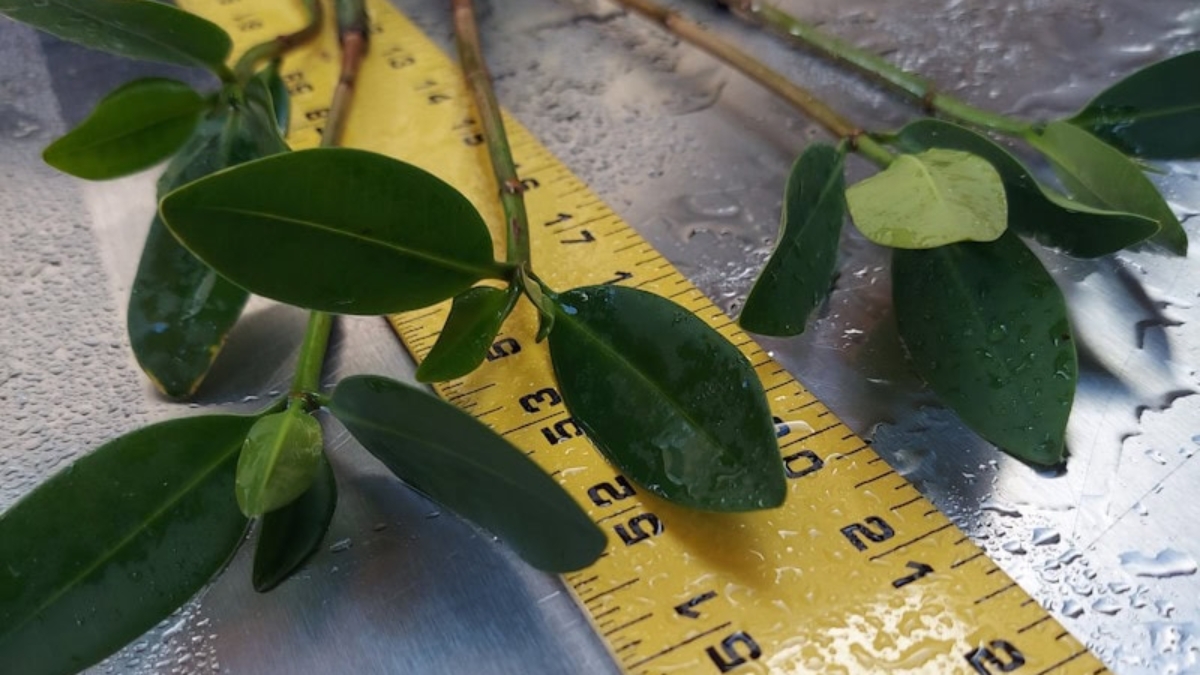



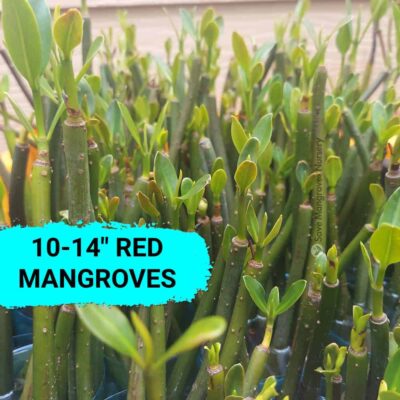
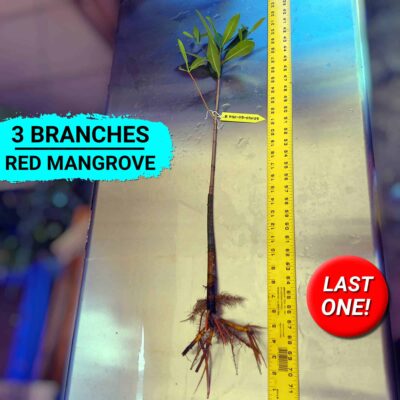
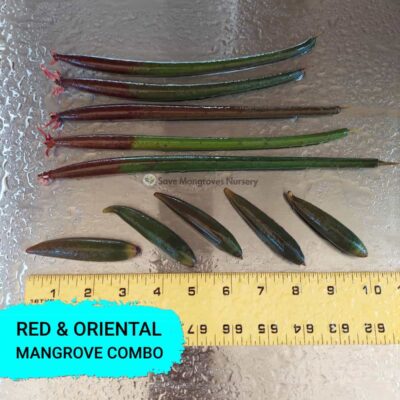
![[RARE] Orange Oriental Mangroves Propagule Seeds](https://savemangroves.com/wp-content/uploads/2025/07/Oriental-Mangrove-Seeds-Save-Mangroves-Nursery-400x400.jpg)
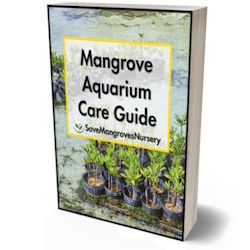
[…] If you’re curious how quickly mangroves grow once rooted, here’s a great guide: How Fast Do Mangroves Grow in Aquariums? […]